Located on top of a mountain in the middle of a tropical forest, it is considered the best tourist attraction in Peru. The historical sanctuary of Machu Picchu is a place that captivates tourists not only because of its dazzling architectural beauty, but also because of its important historical-cultural legacy, which has led it to be recognized and admired throughout the world.
This ancient Inca city is one of Peru’s most precious treasures. It was built in the mid-15th century and it is believed that it was one of the residences of the ninth Inca of Tahuantinsuyo, Pachacútec, although there are also the remains of a sanctuary. Its name means old mountain, and refers to the place where it is located, at about 2,453 meters above sea level, on a rocky premonitory between Machu Picchu and Huayna Picchu.
Currently, this Inca jewel is one of the tourist centers of the country. Travelers go to Aguas Calientes to start the Inca route that Hiram Bingham, of Yale professor, popularized at the beginning of the 20th century. The Historic Sanctuary of Machu Picchu is considered one of the seven new wonders of the modern world and was declared a World Heritage Site in 1983. It is probably the most amazing architectural construction of the Inca Empire. This citadel is made up of temples, palaces, terraces, monuments, ensembles and walls; In addition to water channels, built with large blocks of stone, without any type of amalgam, proof of the great wisdom of the Inca civilization.
The flora and fauna of Machu Picchu are of great importance not only for their natural beauty, but also for their ecological and cultural value. The rich biodiversity present in the area is essential to maintain the ecological balance and sustainability of the region. The flora and fauna of the Machu Picchu area have been used for centuries by local inhabitants, both for food and for traditional medicine. The flora of Machu Picchu is varied, with more than 2,000 species of plants identified in the area. Among the most common plants are orchids, bromeliads, ferns, mosses and lichens. There is also a wide variety of trees, such as alder, cedar, cinchona and molle, growing throughout the valley.
The fauna of Machu Picchu is equally impressive and varied, with more than 400 species of birds identified in the region. Among the most common birds are the hummingbird, the quetzal and the cock-of-the-rock. You can also find a wide variety of mammals, such as the spectacled bear, the llama, the puma. Reptiles and amphibians are also present in the area. Among the most common mammals in Machu Picchu are spectacled bears, who “usually feed on fruits, leaves, insects and small mammals.” These animals are crucial to the area’s ecosystem.

With 15 years of experience in designing private trips for our amazing customers, our Machu Picchu experts always focus on the quality of Machu Picchu Tours to provide the unforgettable moments and highlights of each destination to travellers.
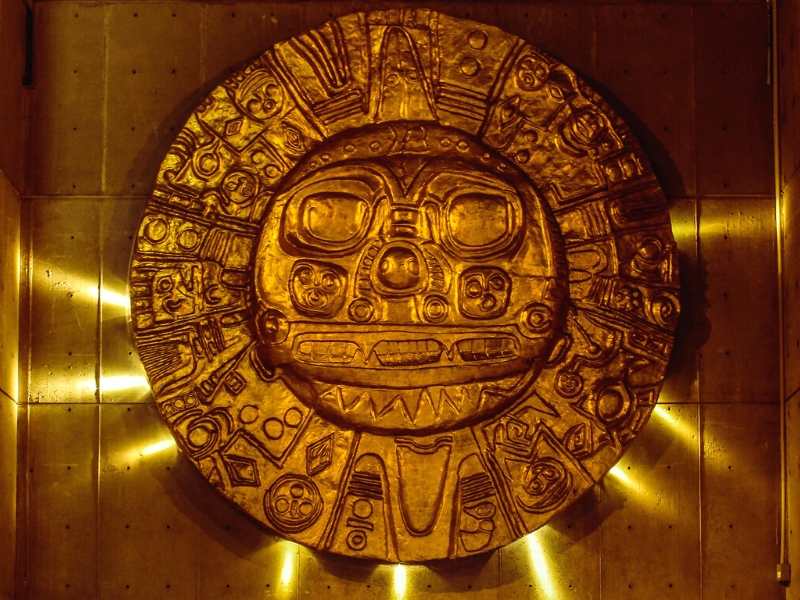
The citadel of Machu Picchu is a very privileged place for those who love history, since it is one of the few Inca constructions that still remain intact as the ancient Inca emperors left it, you can still see its temples, houses, palaces and Meditation places that were used by the royal families of the Inca empire.

The historic sanctuary of Machu Picchu has two well-defined seasons, the rainy season that runs from December to March, and the dry season, which is the most recommended from April to November, throughout the year Machu Picchu presents a temperate climate from 10 C° to 24 C°.

The architectural marvel of one of the most powerful empires that exist in South America has no comparison. Emperor Pachakuteq built this beautiful imperial palace, on the cliffs of the Machu Picchu mountain, surrounded by the Vilcanota river, and in the middle of the cloud forest, with beautiful views of the Veronica, Pumasillo and Salkantay snow-capped mountains.
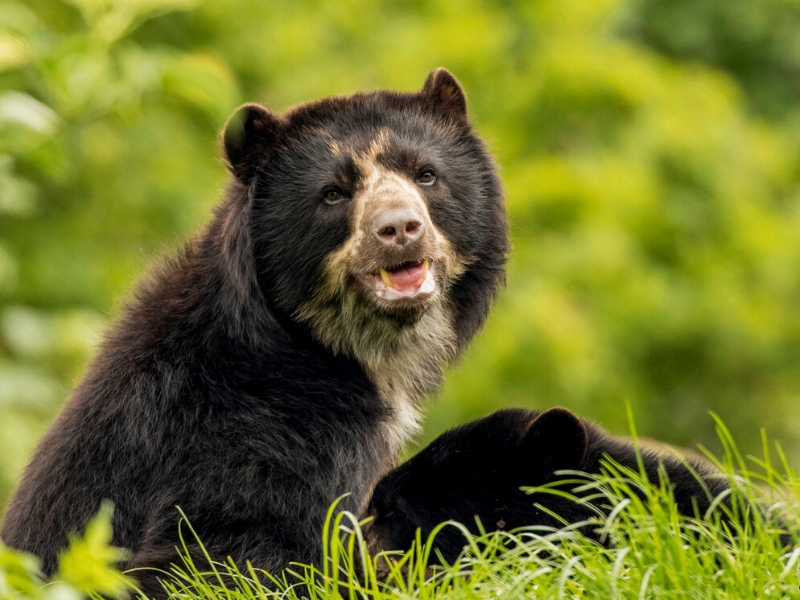
If you choose to visit the citadel of Machu Picchu doing a walk like the classic Inca Trail, or the Salkantay Trek, you will find many species of endemic birds, butterflies, orchids and if you are lucky the Spectacled Bear, Puma, deer and chinchillas. Machu Picchu is also a natural wonder for lovers of ecotourism.
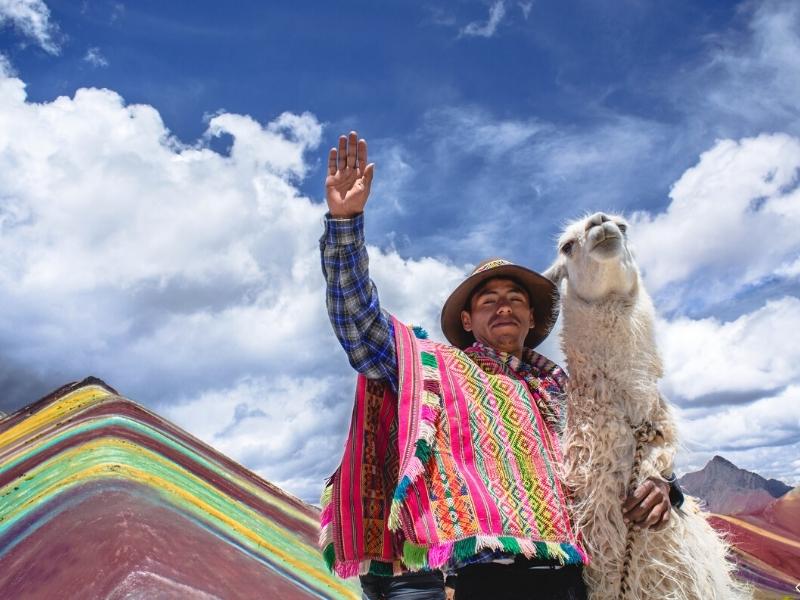
The Ausangate Trek is renowned for its otherworldly natural scenery. It’s considered by many to be one of the world’s best high-altitude treks, the trek takes hikers over several high passes, into low alpine valleys, and through traditional Peruvian villages.
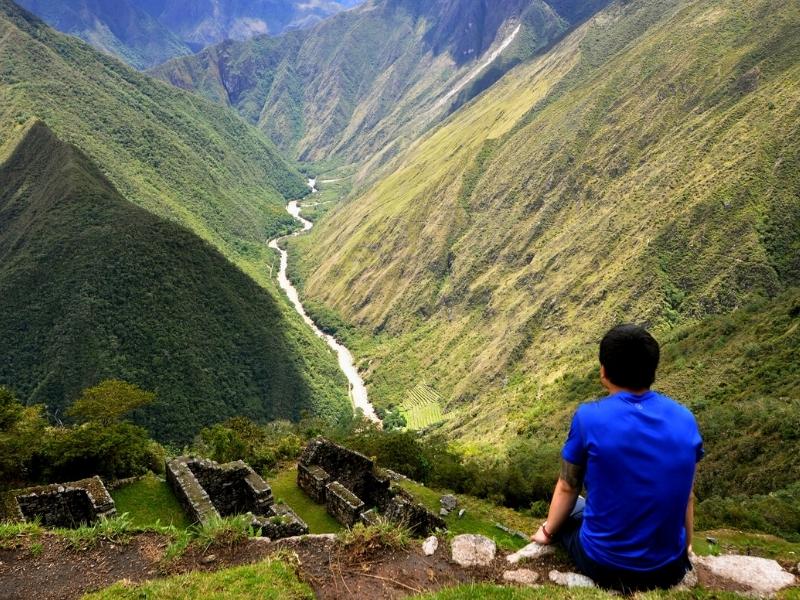
Explore the Manu Amazon Rainforest & Inca Trail hike to Machu Picchu, you will enjoy the best adventures in Peru, exploring amazing inca trail routes and the best amazon wildlife with our local tour guides, in small groups.
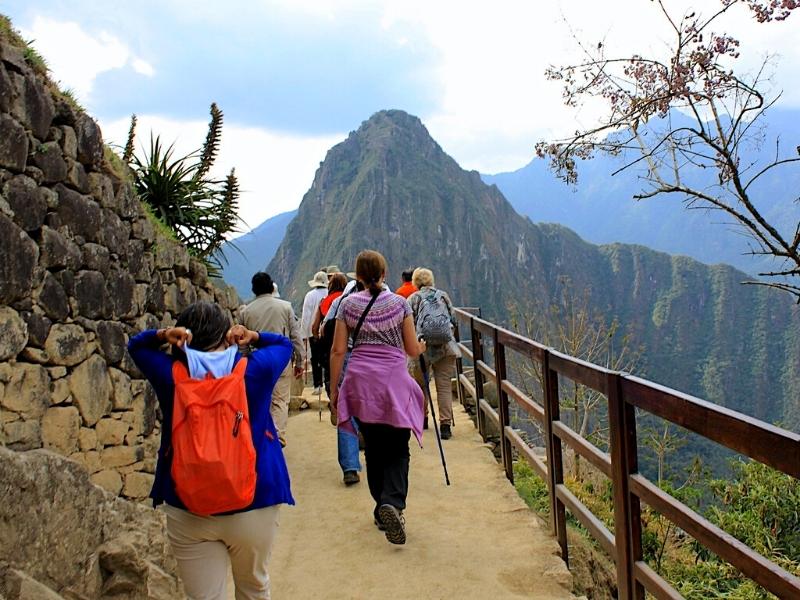
Get to know the majestic city of Cusco, cradle of the greatest civilization in South America, the Incas and their great works of engineering, the citadel of Machu Picchu by train.

Peru was inhabited by the greatest civilizations in South America, such as the Chachapoyas and Incas. Those who have built the best engineering works, on large areas of the beautiful landscape of the Andes, and the jungle. This tour will take you to the most remote regions of Peru, where you can learn about its extraordinary traditions and rich history.

Enjoy an incredible vacation, in the heart of the Inca empire, Cusco, our travel program will take you to the most famous tourist attractions of Cusco, such as the Sacred Valley of the Incas, Machu Picchu, in very cozy hotels.
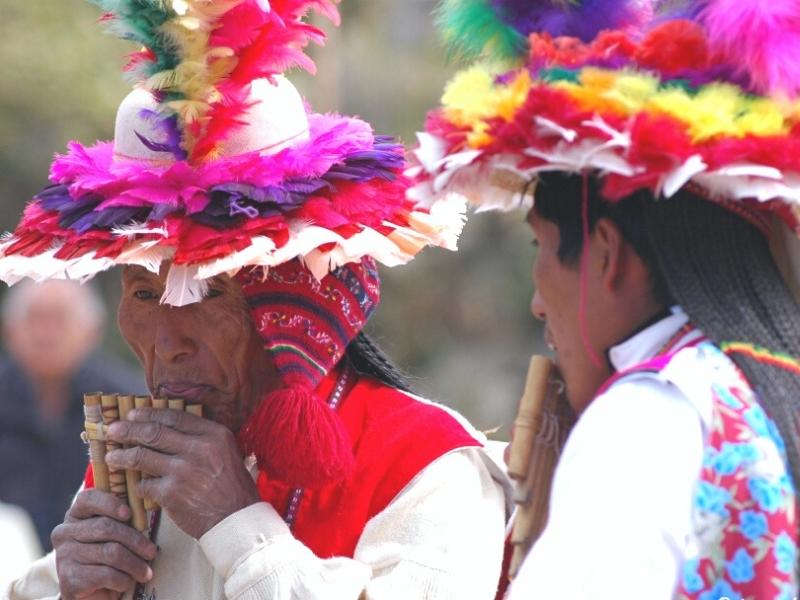
Sublime landscapes, wildlife, history, culture - Peru has more than its fair share. Its famed snow-capped Andean peaks shelter the temples and fortresses of the Inca and other pre-Columbian cultures, linked by a network of paved trails.

One of our most popular trips in Peru combines the cultural heritage of the Sacred Valley and the challenge of doing one of the most popular hiking trails in the world. The four-day trek on the Inca Trail will reward you with a stunning combination of the area's ruins, mountainous landscapes, and cloud forests.

The classic Inca Trail hike to Machu Picchu is one of the world's greatest hikes. Along the 45 km you will explore unique andean valleys, lush mountain forest.An exquisite architecture of the Inca sanctuaries, which will dazzle you for its fineness and location within the Andes.
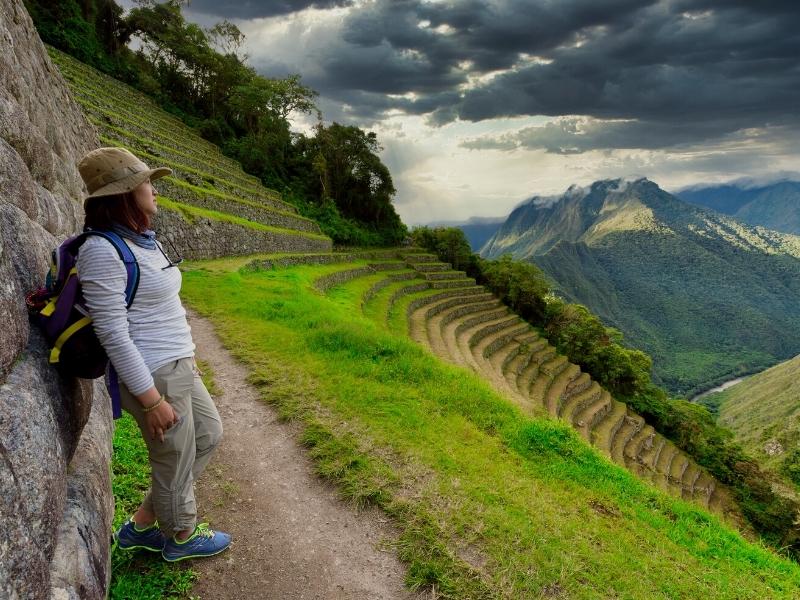
The 2-day Inca trail to Machu Picchu, is the shortest version of the Inca trail circuits to the sacred citadel of Machu Picchu. Andean Great Treks organize this trek with the best local guides and hotels in Machu Picchu. We work only in small groups, the premium service for your delight in Cusco.
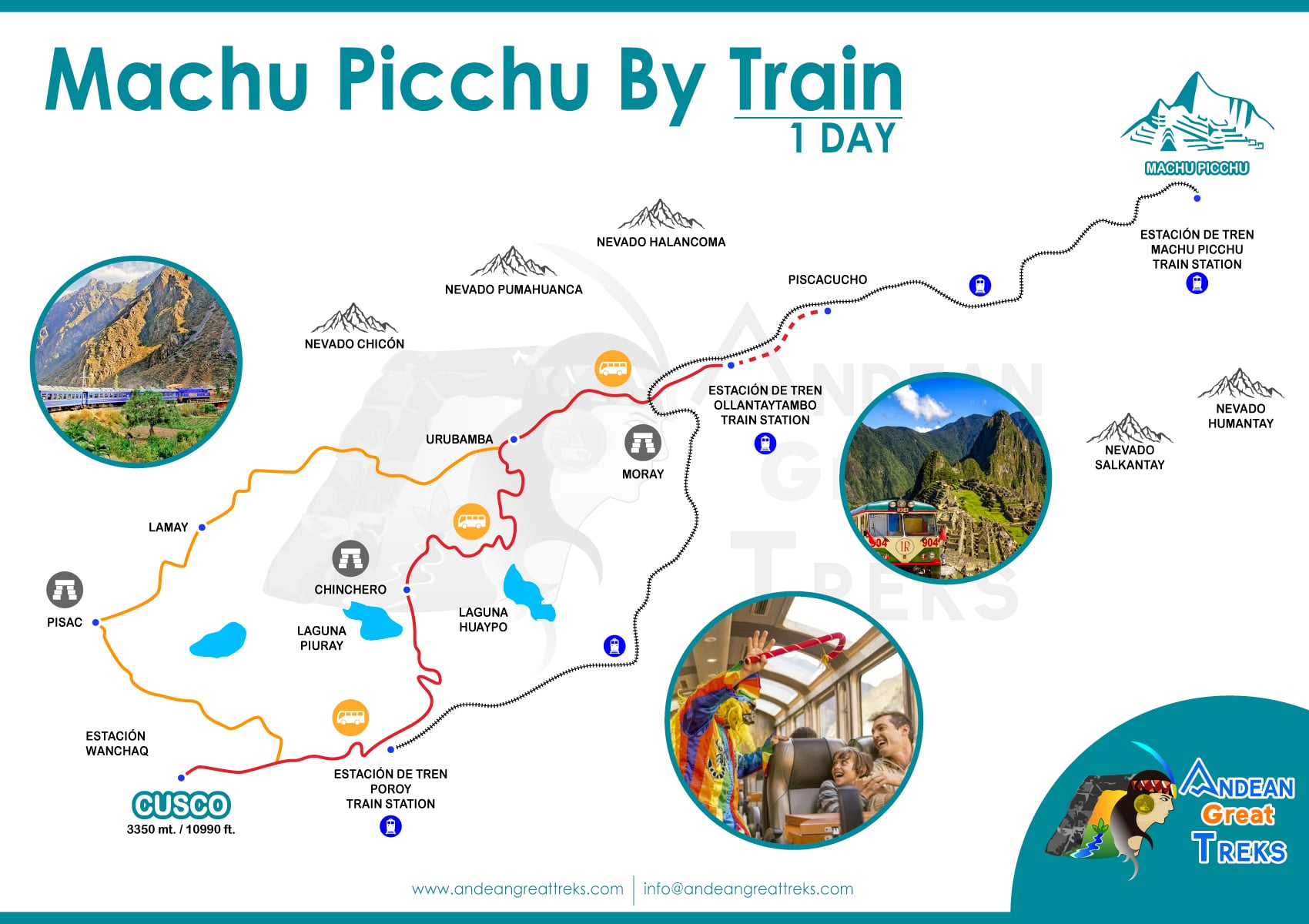
The Inca citadel of Machu Picchu has a visiting capacity of 4,500 people daily. But lately this number of tickets to visit Machu Picchu is very little, this is due to the great demand that it has worldwide. For this, the government of Peru has divided the visits to Machu Picchu at different times from 6:00 am to 4:00 pm.
Currently the Inca sanctuary is protected by the international standards of UNESCO, who has already warned the Peruvian state about the serious deterioration that the wonder of the Incas has been suffering. And in view of this, it is already thought of reducing the time spent in it. Andean Great Treks recommends that you organize your visit to Machu Picchu at least 6 months in advance. Because the tickets run out very quickly, and also indicate that once a person manages to buy it, it is no longer possible to cancel or transfer to another person.
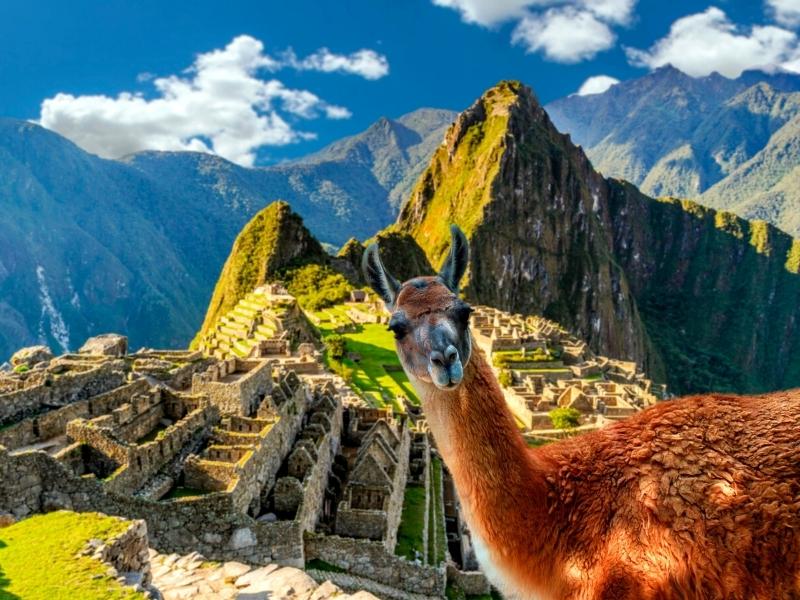
The peak season for Machu Picchu is June, July, and August. These months coincide with the region’s dry season when sunny conditions are most probable and considered by many the best time to go to Machu Picchu. Hotels, entry tickets, and other services fill up quickly, so make your reservations well in advance.
The low season for Machu Picchu is from December to February during the rainy season. There are fewer tourists and less crowding around attractions within the citadel. Still, the tradeoff is a much higher probability for rain, so don’t forget your raingear.
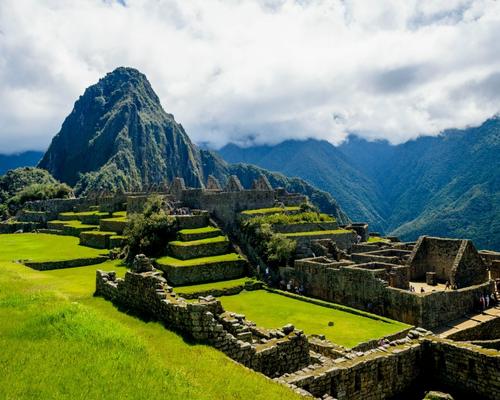 JANUARY
JANUARY
 Warm - Heavy Rain
20 °C / 7 °C
Warm - Heavy Rain
20 °C / 7 °C
 FEBRUARY
FEBRUARY
 Warm - Heavy Rain
20 °C / 6 °C
Warm - Heavy Rain
20 °C / 6 °C
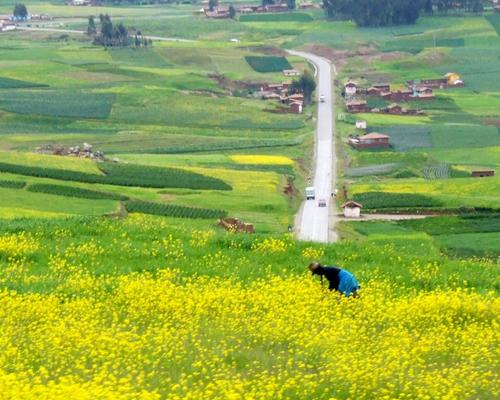 MARCH
MARCH
 Warm - Light Rain
20 °C / 5 °C
Warm - Light Rain
20 °C / 5 °C
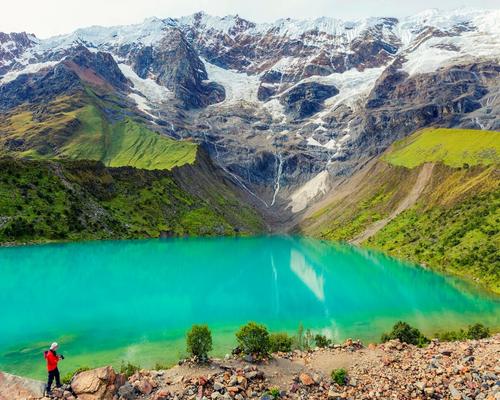 APRIL
APRIL
 Hot - Warm
21 °C / 4 °C
Hot - Warm
21 °C / 4 °C
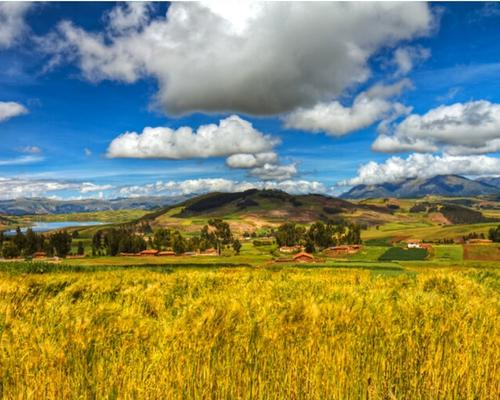 MAY
MAY
 Hot
21 °C / 0 °C
Hot
21 °C / 0 °C
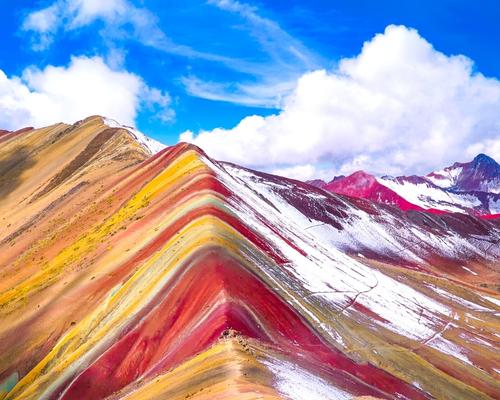 JUNE
JUNE
 Hot
20 °C / -5 °C
Hot
20 °C / -5 °C
 JULY
JULY
 Hot
21 °C / -3 °C
Hot
21 °C / -3 °C
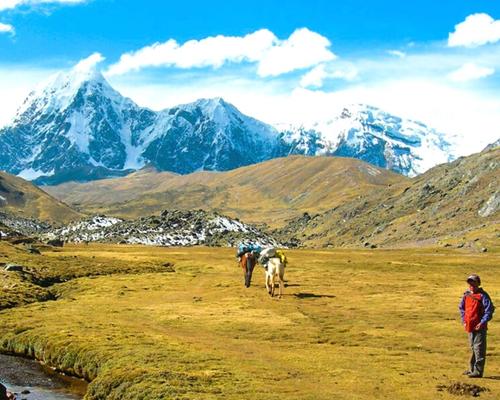 AUGUST
AUGUST
 Hot
21 °C / -1 °C
Hot
21 °C / -1 °C
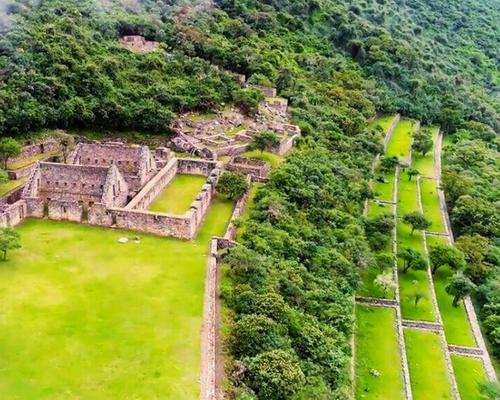 SEPTEMBER
SEPTEMBER
 Hot
21 °C / 3 °C
Hot
21 °C / 3 °C
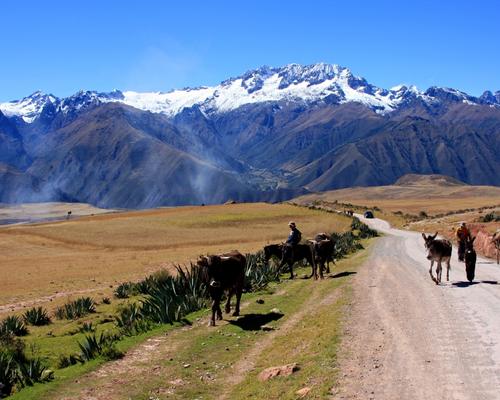 OCTOBER
OCTOBER
 Hot - Warm
22 °C / 5 °C
Hot - Warm
22 °C / 5 °C
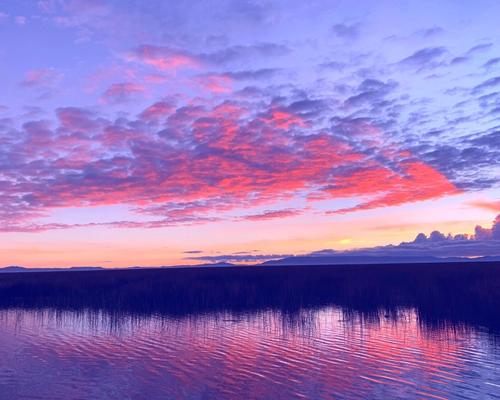 NOVEMBER
NOVEMBER
 Hot - Warm
23 °C / 6 °C
Hot - Warm
23 °C / 6 °C
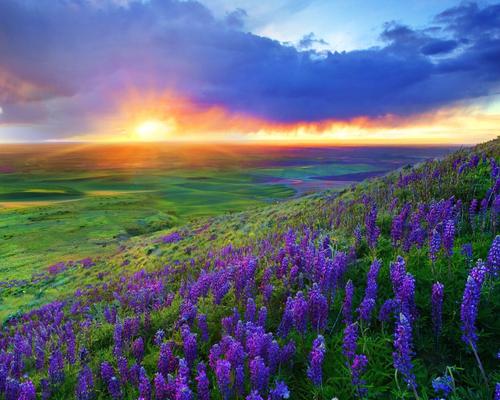 DECEMBER
DECEMBER
 Warm - Light Rain
21 °C / 7 °C
Warm - Light Rain
21 °C / 7 °C
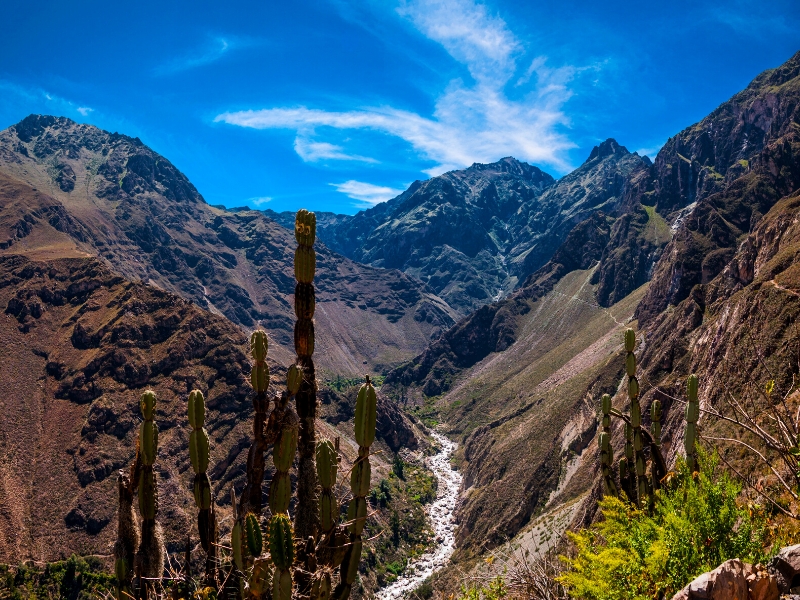

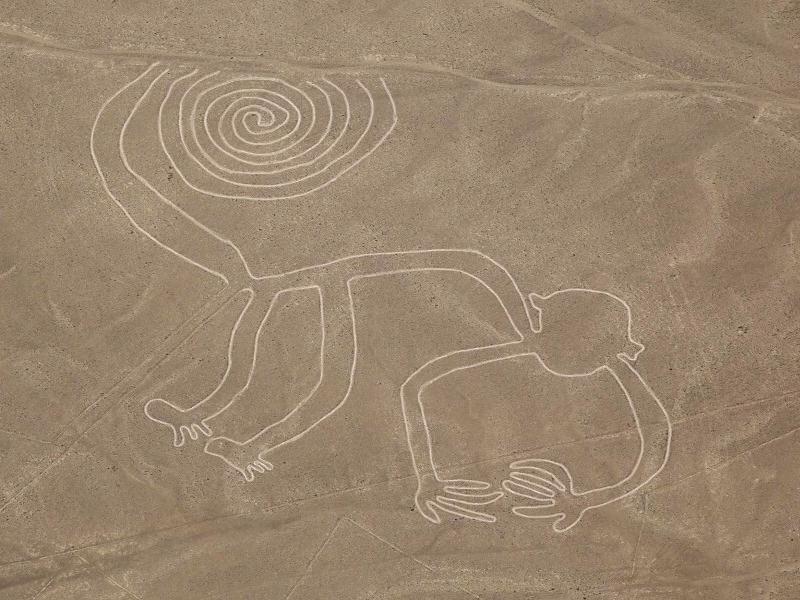
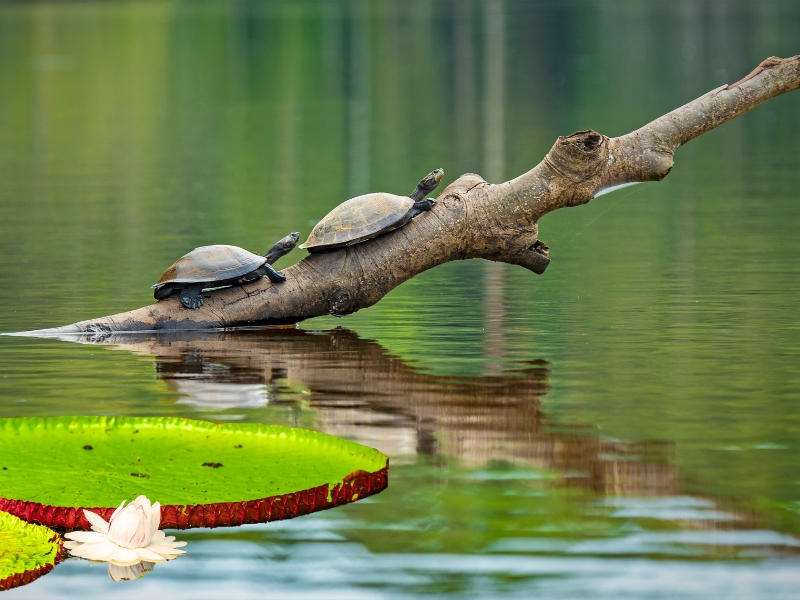
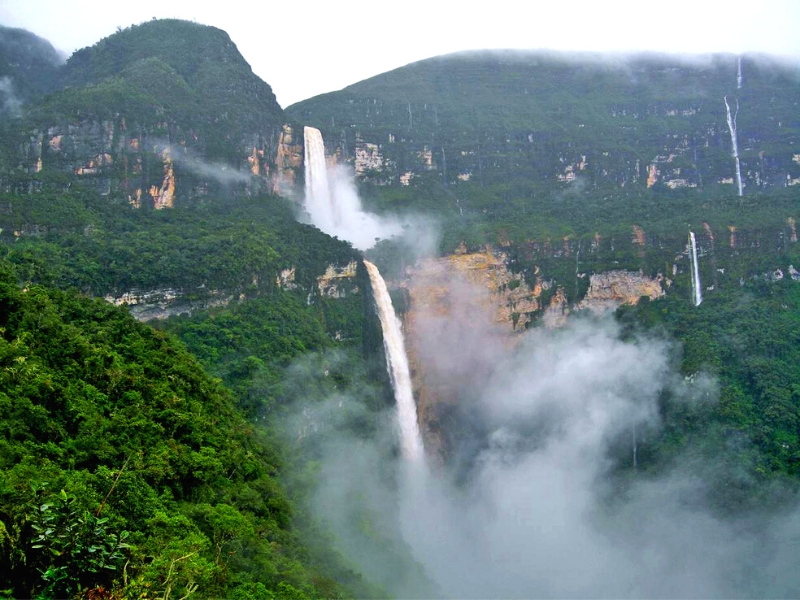
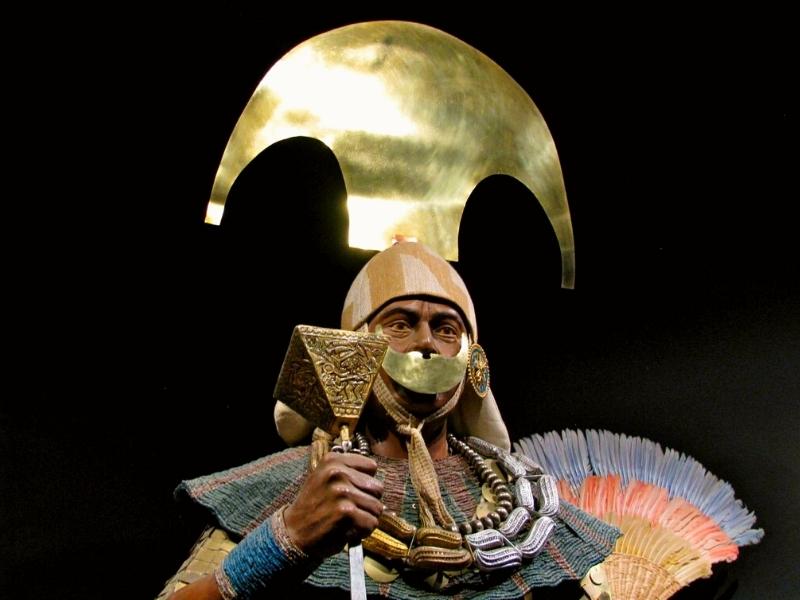

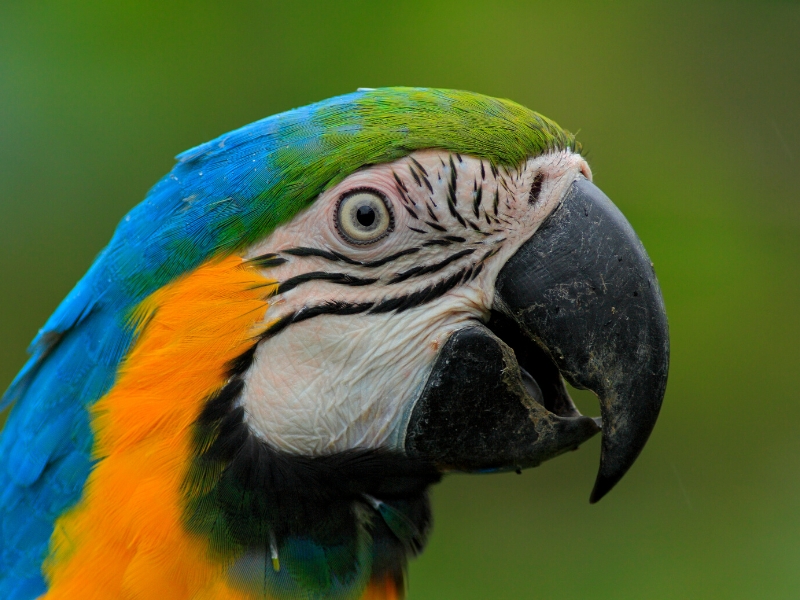
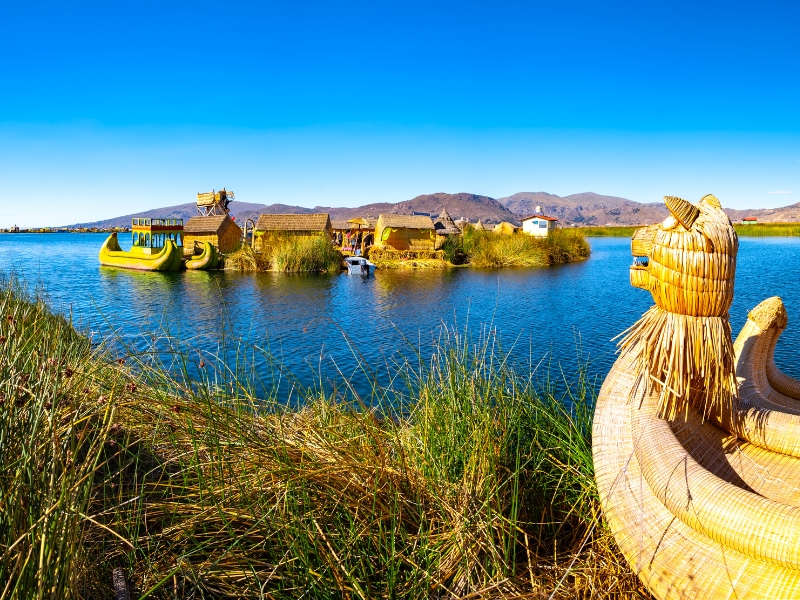
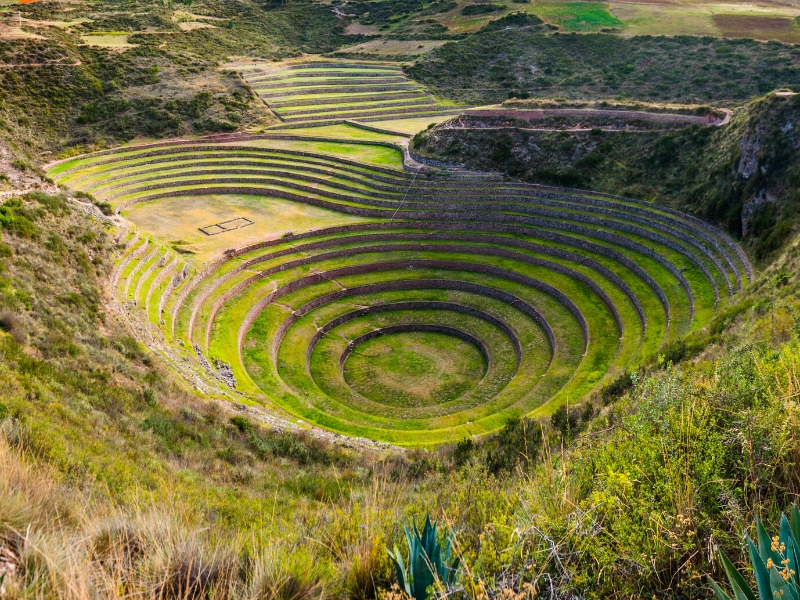

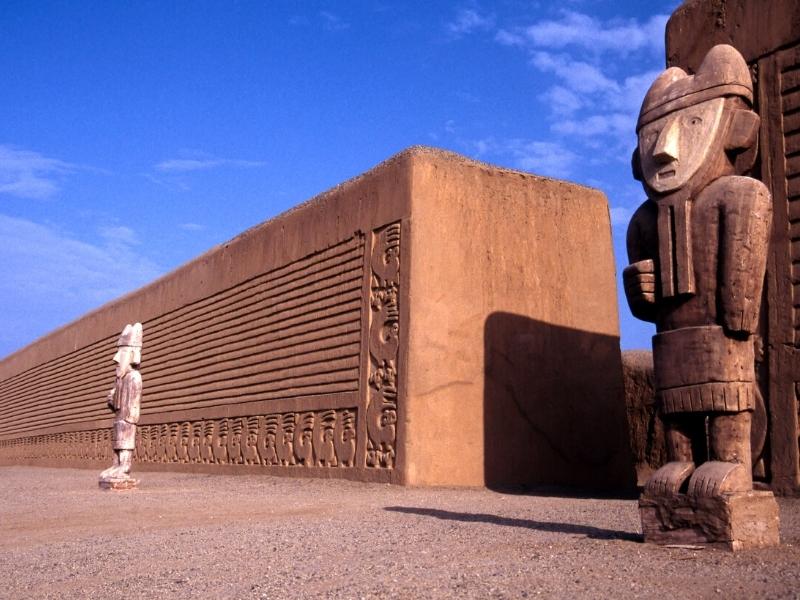
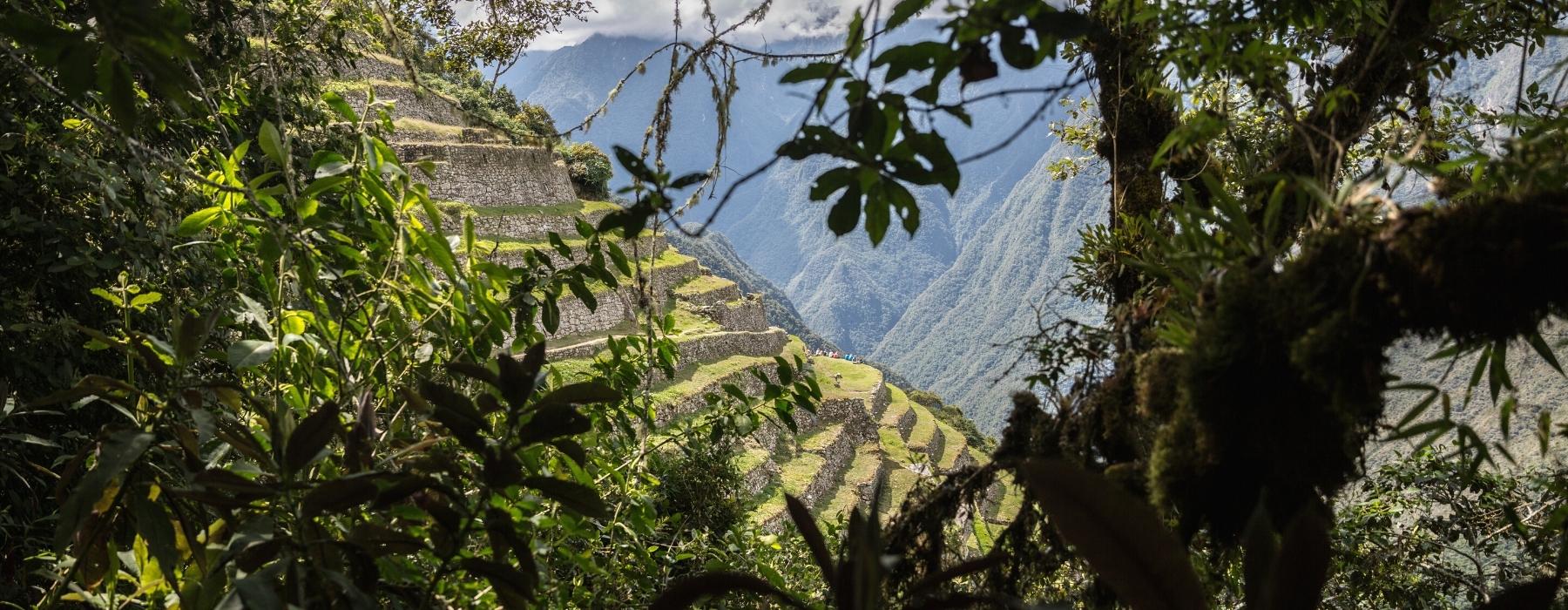
Nothing gets you closer to a country than walking through it, and we’ve got trips to suit travellers of all interests.
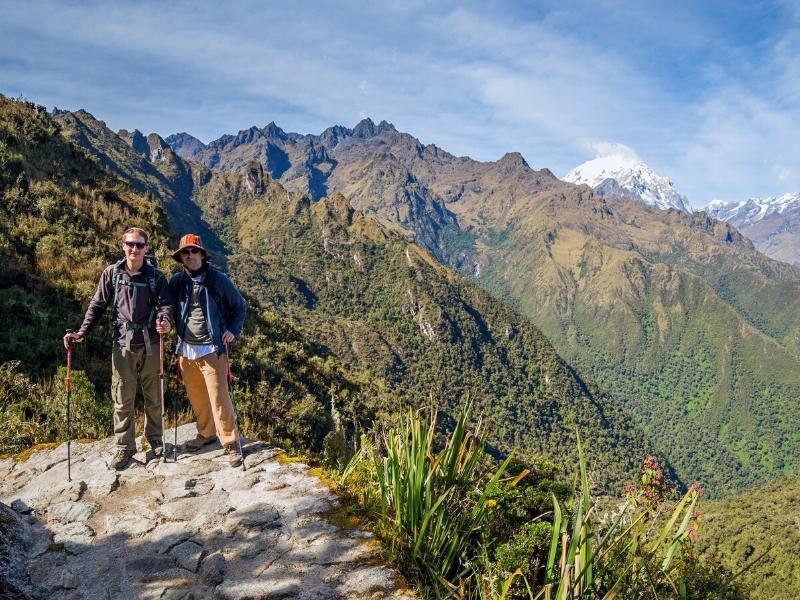
All our tours to Machu Picchu are graded from ‘Easy’ through to ‘Challenging to Tough’. On our online trip itineraries you’ll find a chart showing the daily walk distances, timings and information on the route including the terrain, altitude. Generally, no specific training is needed but you might feel more comfortable if you’ve got out walking a few times in the lead-up to your trip.

As with all our trips, every group is different but the ‘average’ group consists of roughly half couples and half solo travellers – all sharing a passion for exploring the world on foot. You’ll always have someone to keep you company along the route, but you don’t always have to walk together. Wherever possible your Andean Great Treks tour guide will allow everyone to walk at their own pace, regrouping regularly along the route.

Peru is a country of basically free access. Most of the countries of America and Western Europe do not require a tourist visa to enter Peru, and the maximum length of stay granted by the authorities is 183 days (it cannot be extended). For a stay for a longer period with other objectives (business, study, work, etc.) it is necessary to previously request the corresponding visa from the Peruvian consulates.
To enter Peru it is an essential requirement to present a valid passport with a minimum validity of six months from your entry into the national territory. Citizens of Argentina, Brazil, Paraguay, Uruguay, Ecuador, Colombia, Bolivia and Chile can enter with their national identification document.

Like many other countries in developing destinations, the region’s beauty and uniqueness are countered by inequality and lack of investment. This has led to crime rates (mainly theft and scams) not being uncommon in the larger cities. We know this doesn’t sound very attractive, but it’s important to mention it regardless. Most experienced and well-traveled visitors will understand this well and not be too concerned. However, having said this, it is our duty to take care of you during your visit. That’s why we present you here with a few recommendations to be extra safe. Avoid walking alone at night on empty streets. Don’t flaunt valuables! If going for a walk or going on public transport, be sensible and avoid showing off expensive items such as expensive watches and jewelry. Be careful of pickpockets! Don’t leave your bags anywhere that doesn’t look safe, and make sure to take them with you.
The elevation of Machu Picchu is 7,970 ft (2430 m). This elevation is significantly lower than Cusco (by about 3,300 ft or 1,000 m), but altitude sickness is nonetheless a possibility when visiting Machu Picchu and Aguas Calientes. Many people only experience mild symptoms such as headache and shortness of breath, which usually subside within a day or two.
Many visitors only spend one day at Machu Picchu. This is enough time to explore the archaeological complex and take a guided tour, but it’s a long day of travel when you factor in all the legs of transport to and from Cusco or the Sacred Valley. You may want to stay overnight in Aguas Calientes and return to Machu Picchu for a second visit. This lets you enjoy Machu Picchu more relaxed and maybe even do a hike. Planning for two days at Machu Picchu is recommended during the rainy season (December to March) in the event that the weather is especially stormy one of the days.
The Huayna Picchu mountain is the summit located next to the Inca City of Machu Picchu. The top of this mountain offers some of the most spectacular aerial views of Machu Picchu. Getting to the top of Huayna Picchu is an incredible adventure. It climbs up a steep road built on the side of the mountain. Most of the road will be between the mountain walls and the cliffs.
In the Huayna Picchu the Incas built, in addition to hundreds of stone staircases, the famous Temple of the Moon. Entrance to people under 12 years old is not allowed. It is not recommended for people suffering from vertigo. Limited to 400 visitors daily at two entrance times (7-8 am and 10 – 11 am), tickets to the Trail must be purchased at the same time as your entrance to Machu Picchu, the arduous vertiginous hike up a steep, narrow set of Inca-carved stairs to the Summit and back takes between 2 to 3 hours round trip.
The Machu Picchu Mountain is located at 3,082 meters above sea level, and serves as another viewpoint to the famous historical sanctuary. However, the trek to its summit is significantly less challenging than the Huayna Picchu mountain. To trek either of these mounts, you must purchase an additional entrance ticket well in advance, entrance is allowed between 7 am and 8 am and between 9 and 10 am.
Yes, to optimize the experience inside the archeological site, the Peruvian government has implemented the following measures:
There are different ways to get to Machu Picchu. Depending on the time you may have and the experience you’re looking for, you can decide either going on a fabulous train ride or venturing out through an authentic Inca trail to the famous Inca Citadel.
The huge demand for tickets in Machu Picchu has caused a limit to be established for people who can enter Machu Picchu.
Here are the number of tickets available for each type of ticket:
Ticket Machu Picchu Solo: 2,500 spaces per day.

Every Andean Great Treks holiday has been thoughtfully planned and crafted by our specialists. They draw on their own extensive travel experience and the guidance and expertise of our local partners to create superb holidays. Our specialists are committed to making every aspect smooth and enjoyable; they genuinely want to ensure that the holidays they create leave you with wonderful lasting memories.
Every Andean Great Treks traveller is accompanied by an experienced tour guide, you will be immersed in Historic cities, ancient ruins and unfamiliar landscapes are all brought to life by our carefully selected local guides. They want to share their expertise and help you make your own discoveries too; their sole mission is to ensure you enjoy every moment.
Giving you the freedom to make your holiday even more memorable. We know how much our customers look forward to their holiday and we pride ourselves on the choice and flexibility that we offer to enhance every aspect of your experience. Whether it’s getting to the airport, upgrading your room or booking an additional excursion, we can help.
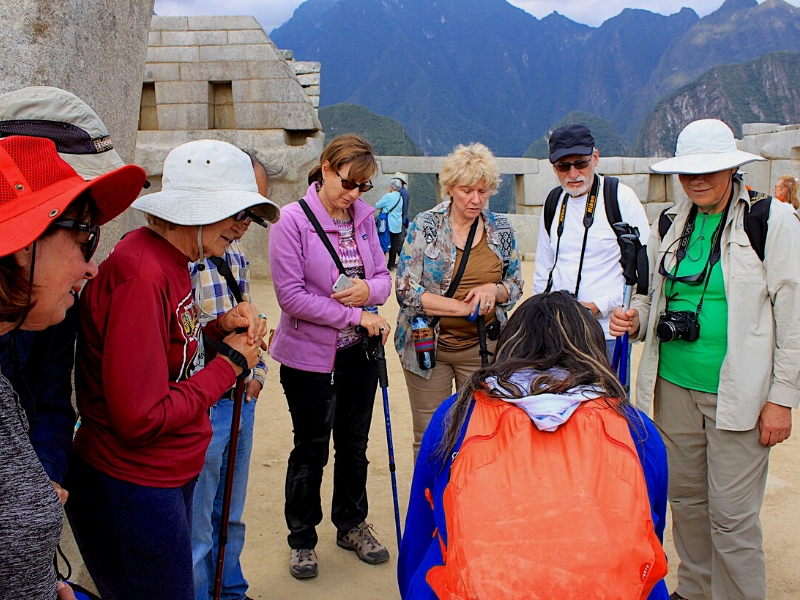
Our guides are the stars of the show; it is their unrivalled knowledge, passion and expertise that will transform your tour experience from good to truly extraordinary!
Because the have grown up in the area and know it like the back of their hand, so they can help you experience whichever aspects most interest you. They’re passionate about sharing their corner of the world with you, and as you explore together, they’ll open your eyes to the intricate details, provide background to enhance your understanding of what you’re seeing, and share stories that will bring everything to life.

“Your inspiration for a trip can be a single word or a highly evolved outline, but it’s the conversations we have that help us understand the experience you’re looking for. Meanwhile, I’m looking back on the time I spent at the destination.
‘The great thing about working with a specialist at Andean Great Treks is how they take your complete jumble of ideas and turn them into something absolutely spectacular.’
As you begin to share your ideas with your specialist, it will connect them immediately back to a time in their own travels. Conjuring a picture of the rest time they made that same discovery, reminding them how it felt.
Your specialist understands that, when the journey is right, it has the power to excite your emotions in the most profound ways after all, that was the effect on them.
They carry a treasure box of moments, captured over many journeys, into every suggestion they’ll share with you, as they ask you how you want to feel on your trip.
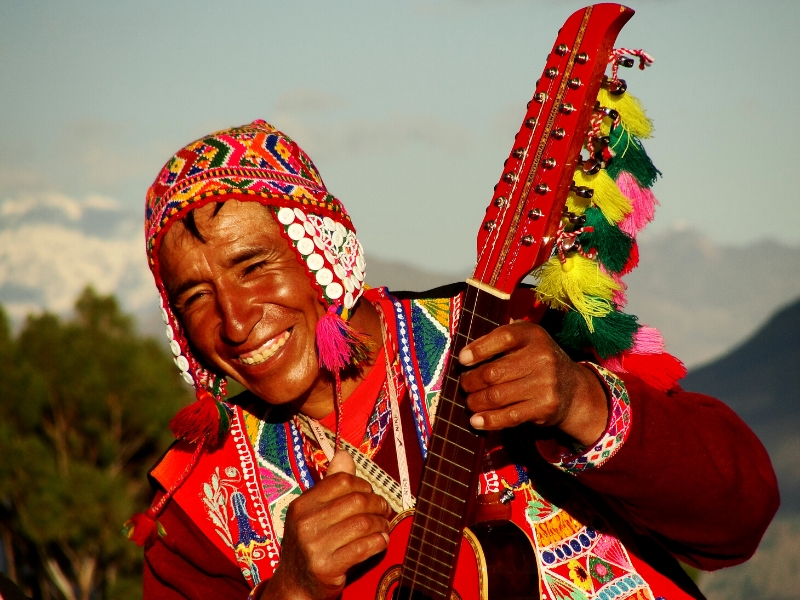
EXPERIENCES THAT CALL TO YOU
It’s what you do in a destination that helps bring it to life. It’s why we strive to choose experiences that help you connect to a place, absorbing a little of its complex character. Wherever your passions lie, we’ll recommend experiences that speak to you, and we’ll recommend the guide or local expert who’s most qualified to help you explore. Packing your holiday full of special experiences means some early starts and long days, but you can be sure that you’ll return home with many incredible memories! Read our Tours and check the Physical Ratings to see if the pace and activity levels are right for you.

STAYS WITH DIFFERENCE
We know that where you stay is a cherished part of your travels. So, we go to great lengths to find places to stay that exceed expectations, or go above and beyond the ordinary, whether in their character, hospitality, or location. Over the years, we’ve discovered the very best properties, trying and testing them, so we can choose the right one for you. We’ve nourished long-standing relationships with these establishments and the people who founded them, and we’ve stayed there many times often, we’ll even know which rooms have the best views (and reserve them for you).
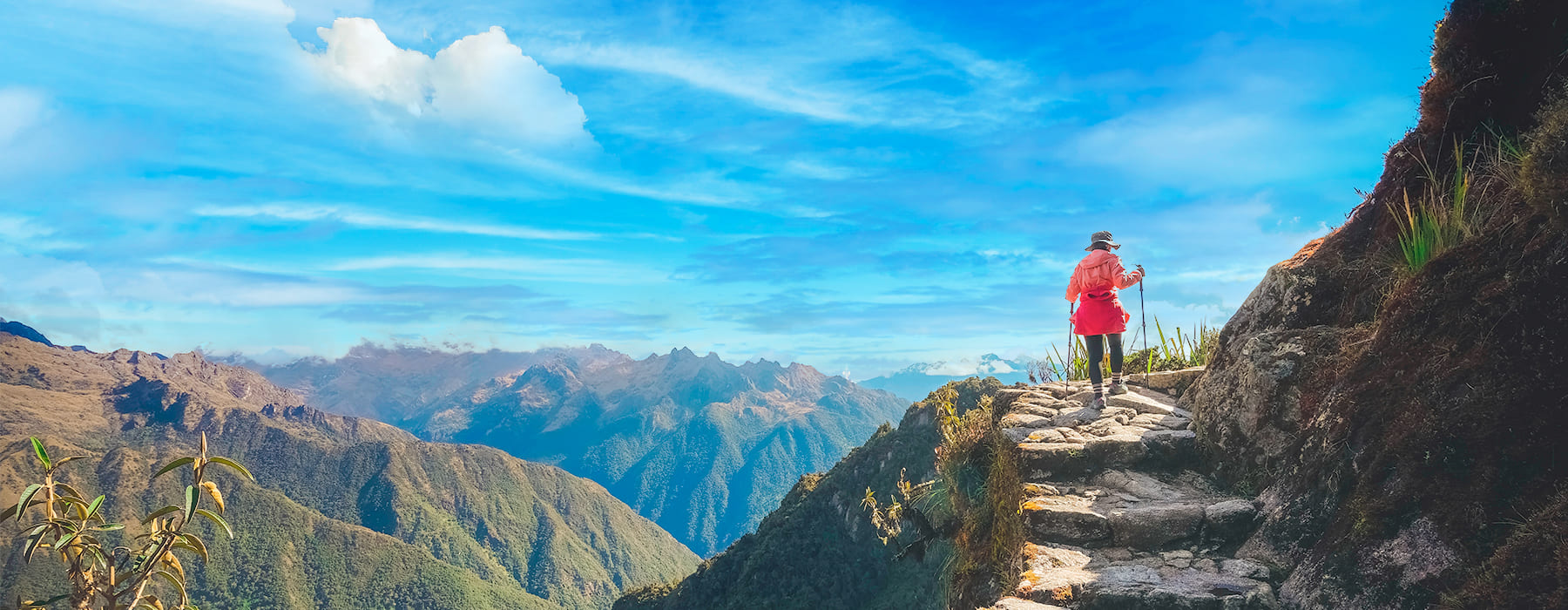
Our style of travel — authentic, thoughtful, and focused on building meaningful connections to the people and places you visit — is inherently respectful and considerate of the destinations we love. We design each aspect of your trip exactly as you want it, which includes its sustainability. That might mean choosing a train journey instead of a flight, staying at eco-friendly wildlife lodges, or opting for experiences that give back to the communities you’re visiting. The choice is yours.
Responsible travel has always been at the heart of what we do. First and foremost, because it gives you the best experience, but, also because it helps to preserve the communities and landscapes you visit. This isn’t new for us we collaborated with local communities and outside experts so we can grow to be better ambassadors.
The most authentic and interesting experiences often directly benefit the local people. We prefer to buy local products that are produced in the organic farms of the Sacred Valley, we also have alliances with local artisan organizations who provide us with souvenir items for our clients, your money directly benefits the local economy.
Our style of travel — authentic, thoughtful, and focused on building meaningful connections to the people and places you visit — is inherently respectful and considerate of the destinations we love. We design each aspect of your trip exactly as you want it, which includes its sustainability. That might mean choosing a train journey instead of a flight, staying at eco-friendly wildlife lodges, or opting for experiences that give back to the communities you’re visiting. The choice is yours.
Responsible travel has always been at the heart of what we do. First and foremost, because it gives you the best experience, but, also because it helps to preserve the communities and landscapes you visit. This isn’t new for us we collaborated with local communities and outside experts so we can grow to be better ambassadors.
The most authentic and interesting experiences often directly benefit the local people. We prefer to buy local products that are produced in the organic farms of the Sacred Valley, we also have alliances with local artisan organizations who provide us with souvenir items for our clients, your money directly benefits the local economy.
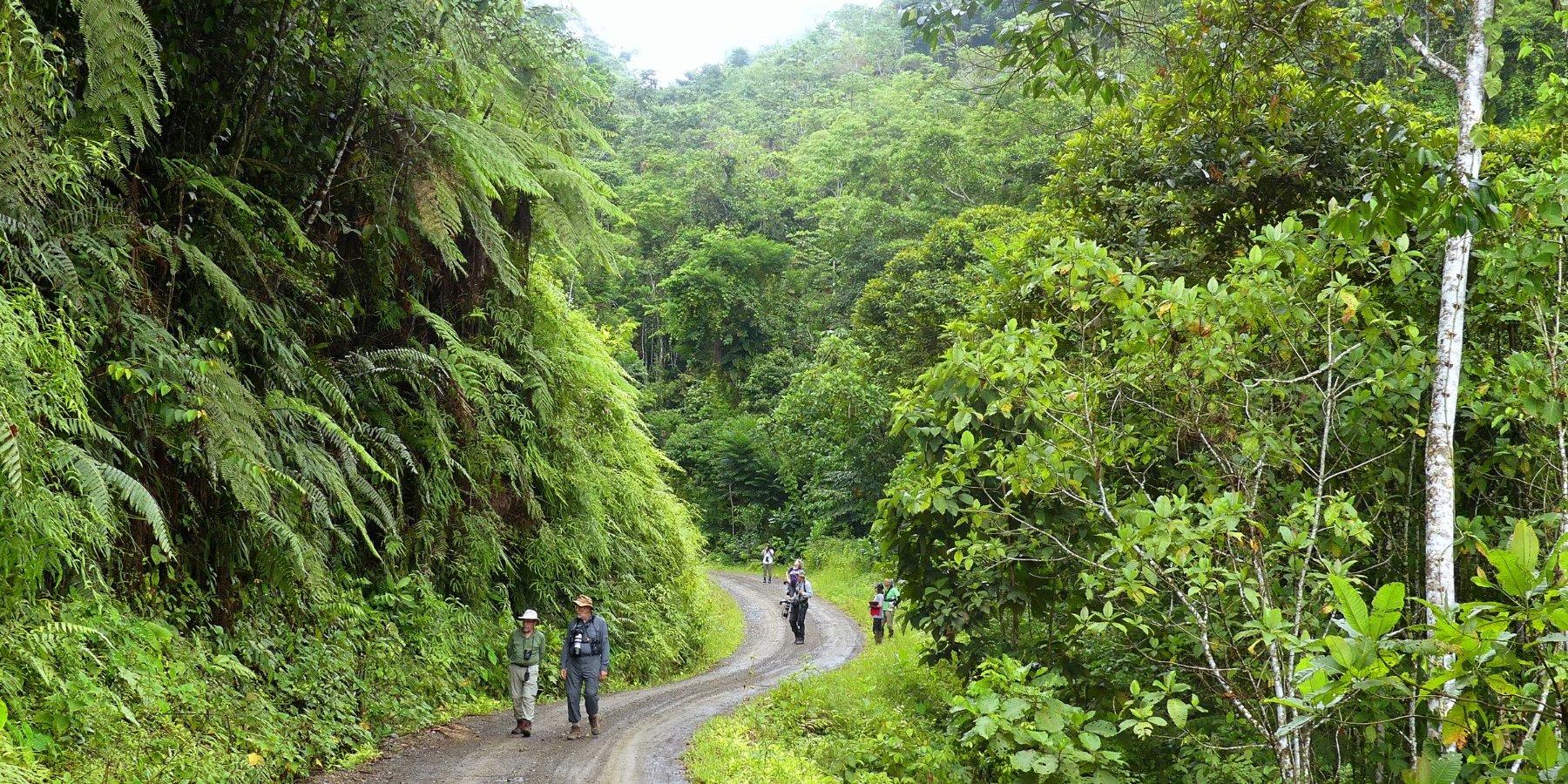
‘There’s a saying: we don’t inherit the Earth from our ancestors, we borrow it from our children. When we show you our country, this philosophy guides everything we do. It’s our responsibility to preserve the environment and wildlife, and support communities. That means using slower modes of transport, like cycling, employing local people, and working with communities who’ll benefit directly from your visit. This also gives you the best, most authentic impression of the places we want to share with you.
We prefer to buy local products in ecological bags, to avoid the use of plastic bags, likewise we teach the use of soaps and ecological products in each tour that we organize. We also work on reforestation projects with local communities who take care of landscape resources such as communal reserves, national parks.
‘There’s a saying: we don’t inherit the Earth from our ancestors, we borrow it from our children. When we show you our country, this philosophy guides everything we do. It’s our responsibility to preserve the environment and wildlife, and support communities. That means using slower modes of transport, like cycling, employing local people, and working with communities who’ll benefit directly from your visit. This also gives you the best, most authentic impression of the places we want to share with you.
We prefer to buy local products in ecological bags, to avoid the use of plastic bags, likewise we teach the use of soaps and ecological products in each tour that we organize. We also work on reforestation projects with local communities who take care of landscape resources such as communal reserves, national parks.
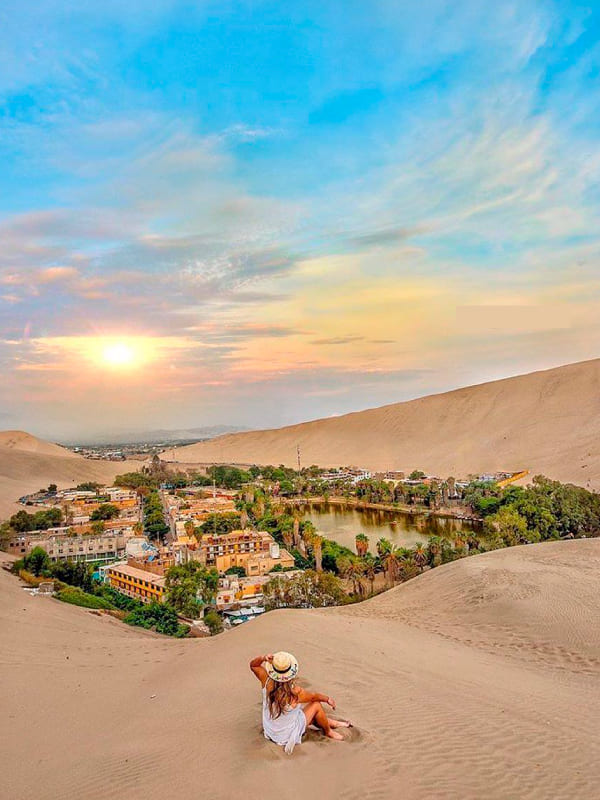
Huacachina Oasis: A Taste of Tradition and Culture in Peru’s Desert Jewel The Huacachina oasis, in Ica, is a magical place. Its beautiful dunes, sunsets and lagoons make this setting the perfect place to have a date, have fun with friends or reflect on life. In a landscape full of palm trees, eucalyptus and huarangos. […]

The Wonders of Manu: Discovering the Beauty of the Amazon Rainforest Manu the Amazon Rainforest near Cusco: “Where can I live an experience in the jungle?” “Can we go to some jungle near Cusco?”, Are some questions we ask ourselves when we arrive in the capital of the Inca Empire. We are surrounded by a […]
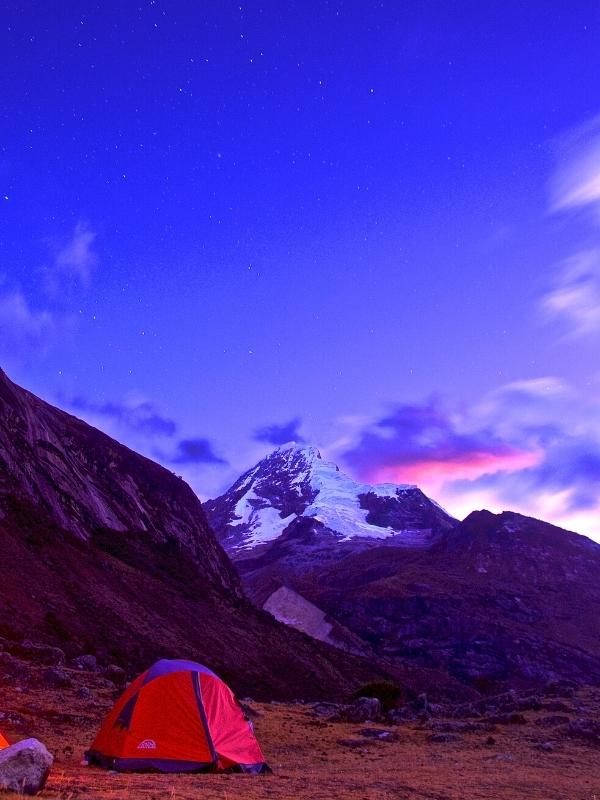
Epic Journeys: Ranking the 8 Best Treks to Machu Picchu Peru is breath-taking country. The Andean highlands, where our trips are based, is literally so. But more than just the thin air of the high altitude cities, the well-preserved ancient stonework, the incredible textiles, and the friendliest people you could hope to meet will all […]

Best Hikes & treks to Machu Picchu. While there are tons of routes to Machu Picchu, the Inca Trail is the best one. But why is this one trek in Peru so special, that more than 500 permits sell out every day? It’s because the Inca Trail hikes directly to Machu Picchu through the Sun […]
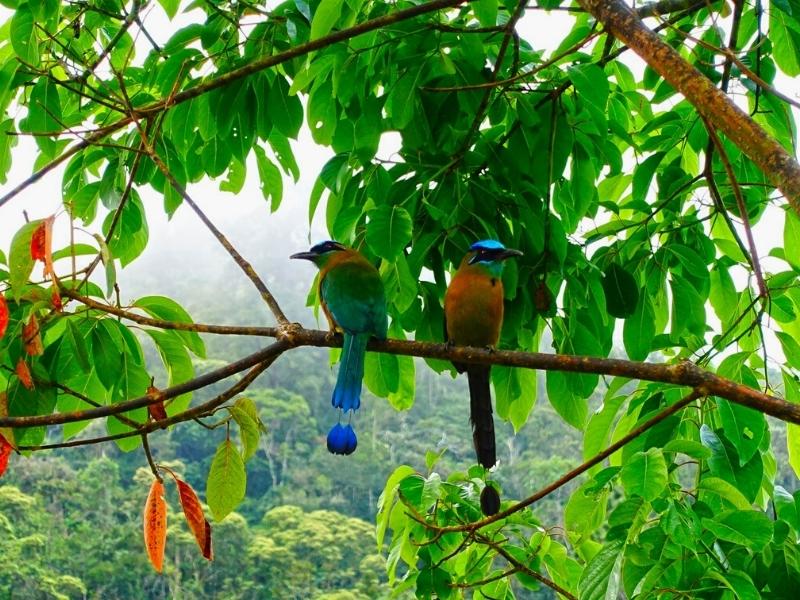
Birds of Machu Picchu , The extraordinary ruins of Machu Picchu, at an elevation above 2400 m, were among the most amazing creations of the Inca Empire at its height: its giant walls, terraces and ramps seem to have been cut out of continuous rock escarpments. This remote site lies on the eastern slope of […]
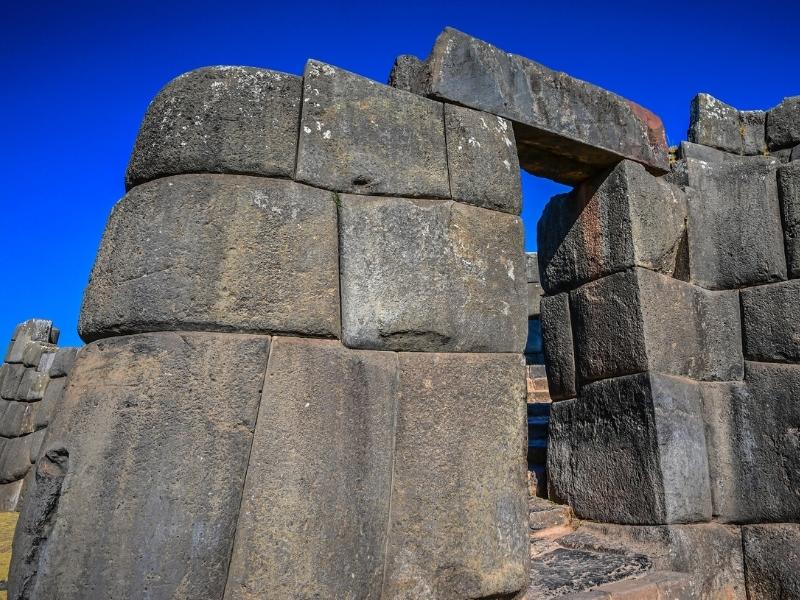
EXPLORE THE CUSCO INCA RUINS The Cusco Inca Ruins of Sacsayhuaman is the most significant ruin in Cusco, and is close enough to the historic center that you can walk there. Many tourists stop to see it on the way to Pisac. Sacsayhuaman is thought to have both military and religious significance. Cusco Inca Ruins […]

The Huayna Picchu mountain is the imposing granite peak that dominates the sanctuary of Machu Picchu. It is considered an important “APU” or sacred summit of Machu Picchu; Huayna Picchu is a “quechua” word that means young peak or young mountain; It is located at 2,720 meters above sea level or 8,920 feet around which […]